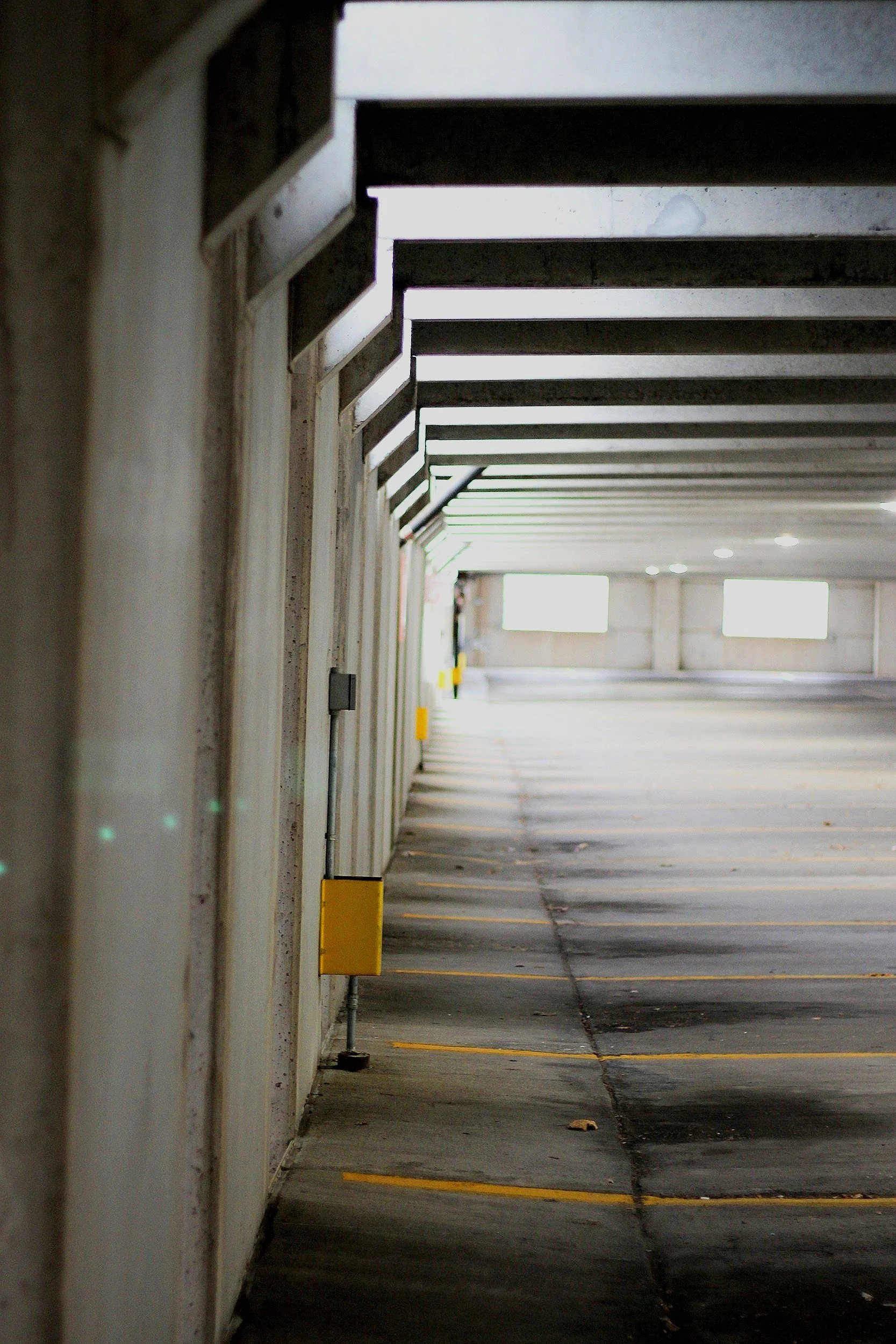
Parking Structure Inspections
What are Parking Structure Inspection Services?
Parking structure inspection services involve assessing the condition, safety, and structural integrity of parking facilities through visual inspections, load testing, and non-destructive evaluation techniques. They help identify issues such as cracks, corrosion, or drainage problems, ensuring the structure remains safe for use and compliant with regulations. Regular inspections are important to prevent accidents, reduce long-term repair costs, and extend the facility’s lifespan.
Overview of Parking Structure Inspections
In New York City, parking structure inspections are required under Local Law 126 of 2021 to ensure the safety, structural integrity, and compliance of parking facilities. These inspections are critical for identifying potential hazards and maintaining public safety in aging structures.
Key Requirements
Mandatory Inspections
All parking structures, including stand-alone garages and parking areas within buildings, must undergo inspections every six years.
Inspections must be conducted by a Qualified Parking Structure Inspector (QPSI).
Inspection Scope
Visual assessments for cracks, spalling, corrosion, and other structural issues.
Evaluation of load-bearing capacity and overall stability.
Checks for proper waterproofing and drainage to prevent long-term damage.
Reporting and Filing
A detailed condition assessment report must be filed with the NYC Department of Buildings (DOB) by the QPSI.
Reports must include photographic evidence, descriptions of issues, and recommended actions.
Parking Structure Inspection Dates in NYC
Local Law 126 of 2021 mandates periodic inspections of NYC parking structures every six years to ensure structural integrity and safety.
Sub-Cycles
1A: Manhattan Districts 1–7 → Jan 1, 2022 – Dec 31, 2023
1B: Manhattan Districts 8–12 + all Brooklyn Districts → Jan 1, 2024 – Dec 31, 2025
1C: All Bronx, Queens, Staten Island Districts → Jan 1, 2026 – Dec 31, 2027
As of January 2025, Sub-cycle 1B is currently active, requiring reports by December 31, 2025.
Initial Observations Report for Parking Structures (NYC)
The Initial Observations Report is required under Local Law 126. It provides a preliminary assessment of a parking structure’s condition before the full report is filed.
Key Points
Purpose: Identify visible hazards early.
Timing: Must be submitted to DOB within the specified cycle.
Content: Includes property details, defects like cracks/spalling, and photos.
Safety Classification for Parking Structures
Safe: No visible issues, fully safe for continued use.
Safe with Repairs/Engineering Monitoring (SREM): Minor defects, requires monitoring/repairs in a specified timeframe.
Unsafe: Significant structural defects, immediate risk to public safety; urgent measures required.
Steps for Compliance with Parking Structure Inspections (NYC Local Law 126)
Determine Applicability: Confirm if your property qualifies under Local Law 126.
Hire a Qualified Professional Engineer (PE).
Conduct Initial Assessment: Identify cracks, corrosion, or water infiltration.
File the Initial Report: Submit to DOB, categorizing structure as Safe, SREM, or Unsafe.
Address Unsafe Conditions Immediately.
Implement SWRM Repairs (if applicable).
Maintain Records.
Schedule Periodic Inspections every 6 years.
Fines and Penalties for Non-Compliance
Failure to File Inspection Report: Up to $3,000 annually per missed report.
Failure to Address Unsafe Conditions: Significant fines, often combined with required emergency repairs.
At Post & Lintel, Our Parking Structure Inspection Services Include:
Visual Assessments (cracks, spalling, corrosion, water damage).
Non-Destructive Testing (NDT) (radar/ultrasonic scanning).
Structural Load Analysis.
Waterproofing & Drainage Inspections.
Code Compliance Checks (including ADA).
Repair & Maintenance Recommendations.
Post & Lintel conducts these inspections through certified Qualified Parking Structure Inspectors (QPSIs).
For coordination, permitting support, or regulatory management related to parking structure inspections, please visit our Contact Page.
For more information on requirements and updates, visit NYC DOB
